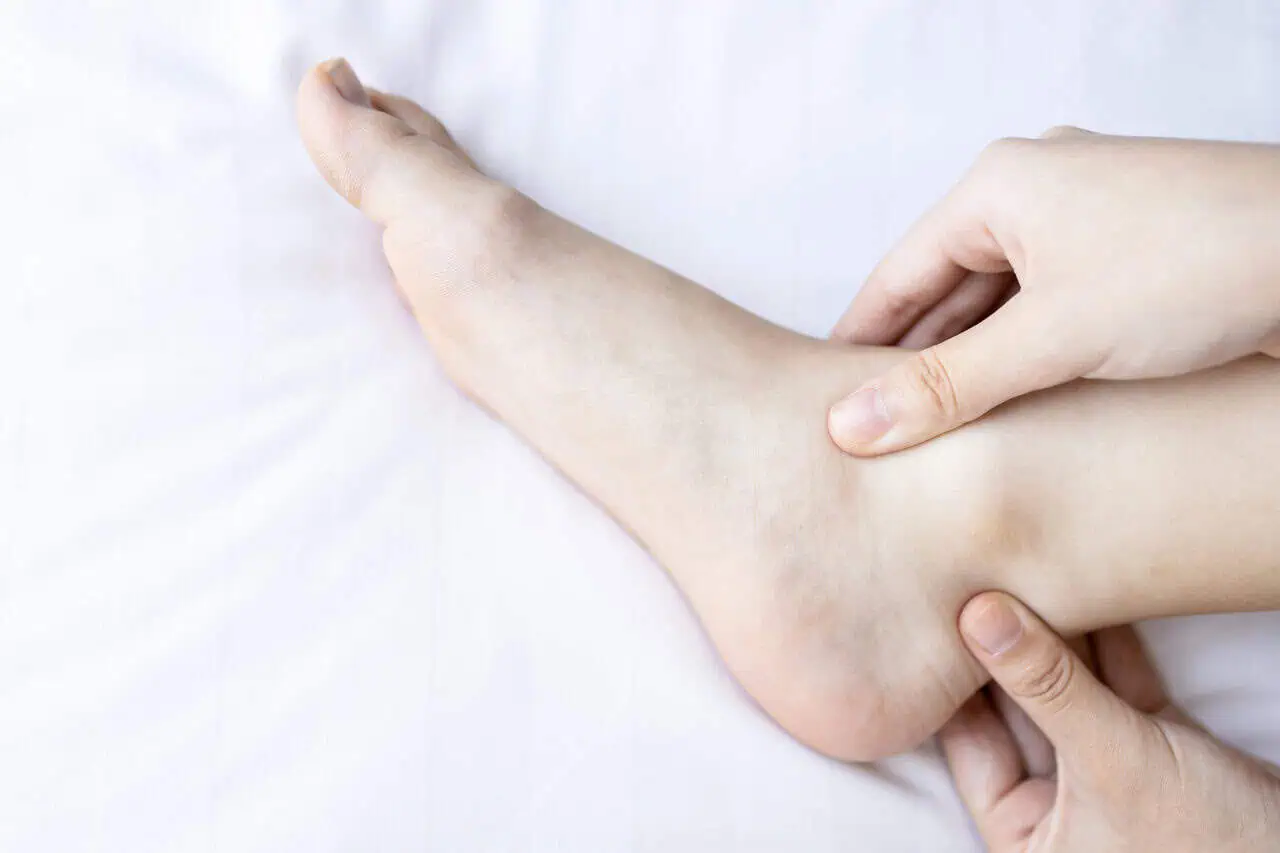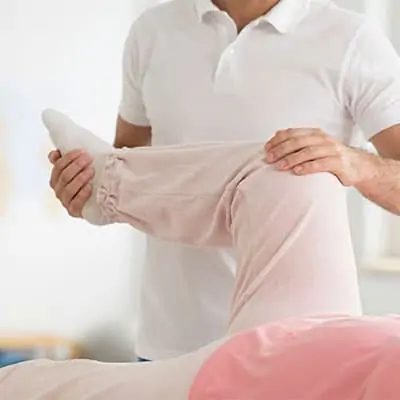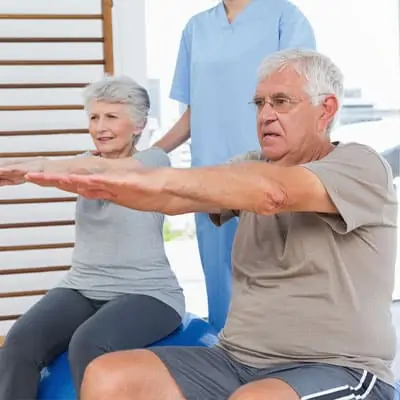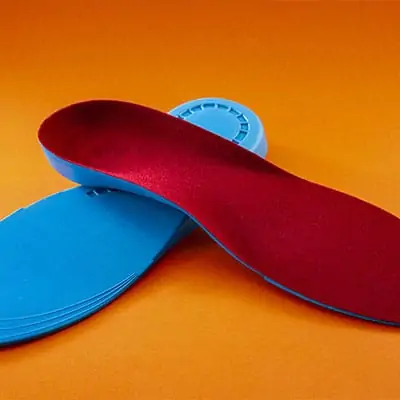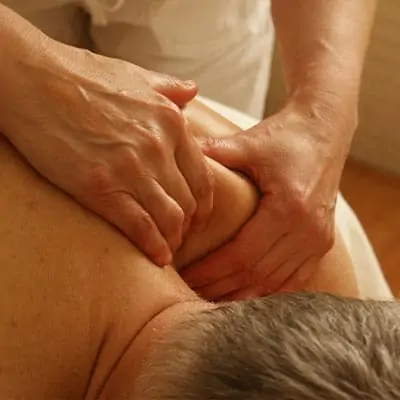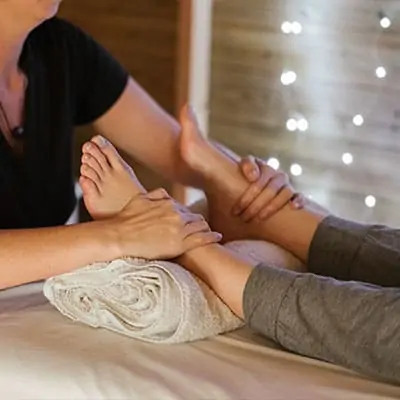Understanding Achilles Tendonitis
Overview of Achilles Tendonitis
Achilles tendonitis is a common injury affecting the Achilles tendon, which connects the calf muscles to the heel bone. This condition occurs when the tendon becomes inflamed, causing pain and discomfort, especially during physical activities such as walking, running, and jumping. Achilles tendonitis can lead to disability if not properly handled, making it essential for us to understand its implications.
This condition may affect anyone, but it is particularly common among athletes and those engaged in recreational sports. We recognize that early intervention plays a vital role in recovering from Achilles tendonitis effectively.
Causes and Symptoms of Achilles Tendonitis
Achilles tendonitis can arise from various factors. Understanding these causes will help in preventing and managing the condition effectively.
| Cause | Description |
|---|---|
| Overuse | Repetitive stress from activities like running or jumping can lead to inflammation. |
| Poor Footwear | Wearing shoes that lack proper support may strain the Achilles tendon. |
| Tight Calf Muscles | Tightness in the calf muscles can place additional stress on the tendon. |
| Sudden Increase in Activity | Rapidly increasing exercise intensity or duration can provoke tendonitis. |
| Aging | Tendons lose elasticity with age, increasing susceptibility to injuries. |
Symptoms of Achilles tendonitis may include:
- Pain along the back of the heel, especially in the morning or after periods of inactivity.
- Swelling and stiffness in the Achilles tendon area.
- Limited range of motion in the ankle.
- A feeling of warmth or tenderness when touching the affected area.
- In severe cases, thickening of the tendon may be noticeable.
Recognizing these symptoms early allows us to seek appropriate solutions such as custom orthotics for Achilles tendonitis. Understanding both the causes and symptoms can guide us in selecting the necessary interventions to alleviate the discomfort associated with this condition.
Role of Custom Orthotics
When addressing issues related to Achilles tendonitis, we recognize the pivotal role that custom orthotics play in providing relief and promoting recovery. Tailored specifically to the individual needs of each patient, custom orthotics are designed to support and alleviate the discomfort associated with this condition.
How Custom Orthotics Help with Achilles Tendonitis
Custom orthotics work by redistributing pressure and providing support to the foot and ankle. This helps to minimize strain on the Achilles tendon during movement. Key benefits include:
| Function | Description |
|---|---|
| Pressure Redistribution | Custom orthotics adjust the way weight is distributed across the foot, reducing undue stress on the tendon. |
| Improved Alignment | Proper foot alignment provided by orthotics can help alleviate tension and discomfort in the Achilles tendon. |
| Cushioning Support | These orthotics offer cushioning to absorb impact, providing comfort when walking or exercising. |
By addressing these critical areas, custom orthotics can significantly aid in managing the symptoms of Achilles tendonitis. For more detailed insights on how orthotics work, refer to our article on how custom orthotics work.
Benefits of Using Custom Orthotics
The advantages of using custom orthotics extend beyond just comfort. They provide comprehensive support for individuals battling Achilles tendonitis. Below is a summary of these benefits:
| Benefit | Description |
|---|---|
| Pain Relief | Custom orthotics can drastically reduce pain associated with Achilles tendonitis, allowing for greater mobility. |
| Enhanced Performance | With proper support, individuals can engage in physical activities more comfortably, improving overall performance. |
| Long-term Health | Using custom orthotics may prevent the exacerbation of existing conditions and reduce the risk of future injuries. |
| Personalized Fit | Tailored to individual foot structure, custom orthotics can accommodate various foot shapes and sizes, enhancing comfort. |
Utilizing custom orthotics can be a proactive step in treating Achilles tendonitis. Their tailored design ensures we address the unique biomechanical needs of each individual. For additional information on foot care, check out our article on the benefits of custom orthotics.
Custom Orthotics Design
Creating effective custom orthotics involves a detailed design process tailored specifically to address the unique needs associated with conditions like Achilles tendonitis. We ensure that our orthotics provide the right support and comfort to facilitate healing and prevent future injury.
Customization Process for Orthotics
The customization of orthotics begins with a thorough assessment to evaluate the individual’s foot structure, gait, and specific problems related to Achilles tendonitis. The process typically includes the following steps:
- Initial Consultation: We conduct a comprehensive evaluation of foot mechanics and overall posture.
- Foot Impressions: A mold of the foot is created using foam or digital scanning technology to capture its unique shape.
- Analysis: We analyze the collected data to determine the correct arch supports and heel lifts needed.
- Design: Based on the analysis, we design the custom orthotics tailored to the patient’s specific requirements.
- Fitting: Once constructed, we ensure proper fitting and make any necessary adjustments to enhance comfort and effectiveness.
Materials Used in Custom Orthotics
The materials chosen for custom orthotics play a critical role in their performance and durability. We primarily utilize the following materials based on their specific properties:
| Material | Characteristics | Benefits |
|---|---|---|
| EVA Foam | Lightweight and shock-absorbing | Provides cushioning and comfort |
| Polypropylene | Rigid and supportive | Offers stability and alignment |
| Carbon Fiber | Strong and flexible | Enhances performance while maintaining lightness |
| Gel Inserts | Soft and cushioned | Improves comfort and reduces pressure |
| Leather | Durable and breathable | Ensures a comfortable fit over time |
Choosing the right materials is essential in creating effective custom orthotics for Achilles tendonitis, as they help in appropriately distributing pressure and providing the necessary support.
This design process and material selection empower us to create orthotics that effectively address the symptoms of Achilles tendonitis, promoting recovery and enhancing overall foot health. For more insights on different types of orthotics, explore our article on custom orthotics vs insoles or how these orthotics function in our discussion on how custom orthotics work.
Using Custom Orthotics for Achilles Tendonitis
Custom orthotics can significantly assist those suffering from Achilles tendonitis by providing the proper support and alignment needed for recovery. In this section, we will discuss how to effectively wear these orthotics and how to maintain and clean them for optimal use.
How to Wear Custom Orthotics
Wearing custom orthotics properly is crucial for maximizing their benefits. Here are some key tips to ensure you are using them effectively:
-
Choose the Right Footwear: Ensure that your shoes have enough space to accommodate the orthotics without feeling too tight. Sneakers or supportive shoes are ideal.
-
Insert Correctly: Remove the original insoles from your shoes and place the custom orthotics in their place. Make sure they fit snugly without bending or folding.
-
Gradual Adjustment: If you are new to using orthotics, introduce them gradually. Start by wearing them for a few hours each day, increasing the duration as your feet adjust.
-
Monitor Comfort: Pay attention to any discomfort. Custom orthotics should feel supportive, not painful. If you experience ongoing discomfort, consult with a specialist.
-
Regular Wear: For the best results, we recommend wearing your orthotics consistently, especially during activities that put stress on the feet, like walking or running. For more information on how custom orthotics work, refer to our article on how custom orthotics work.
Maintaining and Cleaning Custom Orthotics
Taking care of our custom orthotics will ensure their longevity and effectiveness. Here are some maintenance and cleaning tips:
| Step | Instructions |
|---|---|
| Daily Care | Remove the orthotics from your shoes after each use to allow them to air out and prevent odor. |
| Cleaning | Use mild soap and warm water to clean the orthotics. Avoid soaking them. For deeper cleaning, use a damp cloth to wipe down the surface. |
| Drying | Let the orthotics air dry at room temperature. Do not expose them to direct heat, as this can alter their shape. |
| Storage | When not in use, store your orthotics in a cool, dry place away from direct sunlight to prevent warping. |
| Regular Inspection | Check your orthotics for wear and tear regularly. If you notice any significant changes or damage, it may be time to consult with a professional. |
By properly wearing and maintaining our custom orthotics, we can enhance comfort and support while managing Achilles tendonitis effectively. For further exploration of the various benefits of custom orthotics, visit our article on benefits of custom orthotics.
Combating Achilles Tendonitis
Additional Tips for Managing Achilles Tendonitis
Managing Achilles tendonitis effectively requires a comprehensive approach. Here are additional strategies we can implement to alleviate symptoms and promote healing:
-
Rest and Recovery
Allowing adequate time for rest is crucial. We should avoid activities that put excessive strain on the Achilles tendon, such as running or jumping, until the discomfort subsides. -
Ice Therapy
Applying ice to the affected area can help reduce swelling and pain. We recommend using ice packs for 15-20 minutes at a time, several times a day. -
Stretching and Strengthening Exercises
Engaging in gentle stretching and strengthening exercises specifically for the calf muscles and Achilles tendon can aid recovery. A physical therapist can guide us through a tailored exercise program. -
Gradual Return to Activity
Once symptoms improve, we should gradually return to physical activities, starting with low-impact exercises and increasing intensity as tolerated. -
Footwear Adjustments
Choosing the right footwear is essential for providing the necessary support and cushioning. It helps to avoid shoes with minimal arch support or those that are overly worn.
For more detailed information on the advantages of specialist footwear, you may want to read about the benefits of custom orthotics.
Importance of Proper Footwear and Foot Care
Proper footwear plays a vital role in alleviating the symptoms of Achilles tendonitis. Wearing shoes that offer adequate support and cushioning can help reduce strain on the tendon. Below are key aspects to consider when selecting footwear:
| Footwear Factor | Importance |
|---|---|
| Arch Support | Provides stability and helps distribute pressure evenly across the foot. |
| Cushioning | Absorbs impact during walking or running, reducing stress on the Achilles tendon. |
| Fit | Ensures that the shoe is comfortable and does not cause additional friction or irritation. |
| Heel Height | A moderate heel can help alleviate strain on the Achilles tendon, especially during activities. |
We should also maintain routine foot care, ensuring our feet are clean, dry, and examined for any signs of blisters or irritation. Monitoring the condition of our footwear and replacing them when they become worn is essential for preventing further issues.
If you are experiencing persistent discomfort or are looking for more specific solutions, consider exploring custom orthotics for Achilles tendonitis. These can provide personalized support to help combat symptoms effectively.
Seeking Professional Help
When to Consult a Specialist
Recognizing the right time to consult a specialist is crucial in managing Achilles tendonitis effectively. If you experience persistent pain, swelling, or stiffness in your ankle or heel, it is advisable to seek professional assessment. We recommend consulting a specialist if you encounter any of the following:
| Symptoms | When to Seek Help |
|---|---|
| Persistent pain | If pain lasts more than a few days |
| Swelling or inflammation | If it does not improve with rest |
| Difficulty walking | If normal activities become challenging |
| Noticeable deformity | If you see structural changes in your foot or ankle |
| Recurrent symptoms | If symptoms come back after treatment |
Our specialists can provide guidance on appropriate treatment options, including the potential use of custom orthotics for Achilles tendonitis. Early intervention is key to avoiding long-term complications.
Importance of Regular Check-ups
Regular check-ups are essential in monitoring the progress of your condition and the effectiveness of your treatment plan. By keeping scheduled appointments with your healthcare provider, we can ensure that your recovery stays on track. Here are some benefits of maintaining regular check-ups:
| Check-up Benefits | Description |
|---|---|
| Progress monitoring | Assess the effectiveness of treatment strategies |
| Early identification | Catch any potential issues before they worsen |
| Adjustments to treatment | Modify orthotics or recommend new therapies as needed |
| Customized advice | Receive personalized care tailored to your specific needs |
Staying proactive about your health through regular consultations allows us to optimize your treatment, including evaluating the effectiveness of how custom orthotics work in your overall recovery strategy. Taking these steps can significantly enhance your quality of life and alleviate the discomfort associated with Achilles tendonitis.


